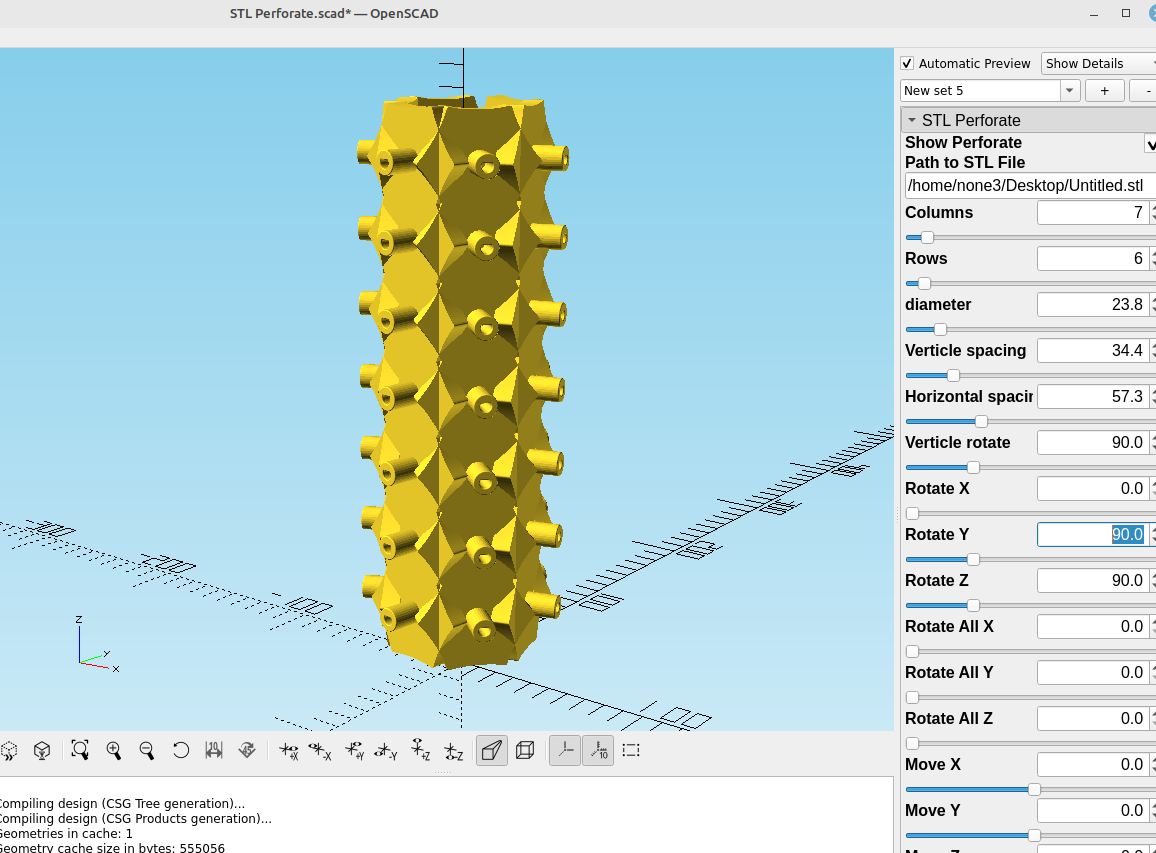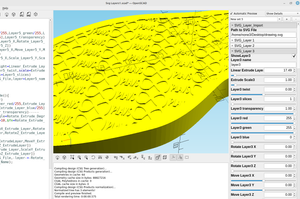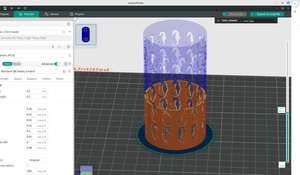Once in a while I will see a post online with someone asking what is the best 3d software for beginners and someone will reply "if you are a programmer then OpenSCAD" and I always get a chuckle out of that because OpenSCAD is super easy for anyone to use (even someone with no programming experience) if you spend a few minutes learning the basics and are aware of a few useful features.
Sometimes things aren't readily apparent when you start using a new program and this post is about making things less frustrating for anyone wants to learn OpenSCAD but is frustrated or can't get something to work.
Copy and paste
This one seems like it would be obvious but someone that is new to computers may not know you can do this, here is how it's done:
Hold down the left mouse button and drag the mouse, as you do this the text will "highlight" as seen by the blue color, then once the text you want is selected click the right mouse button and copy the selected text to the clip board, the clip board is a space in the computers memory where the copied text is stored. Then you can paste the text into the editor pane in OpenSCAD.
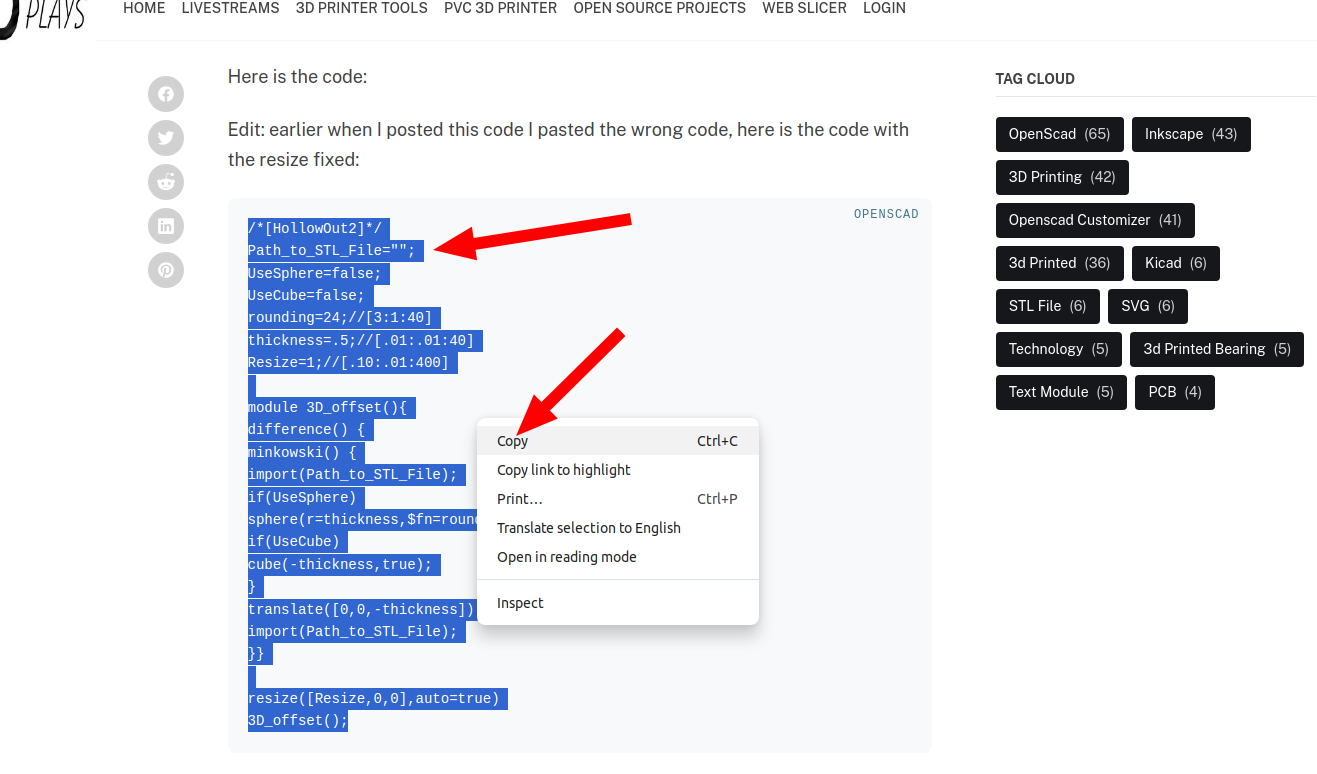
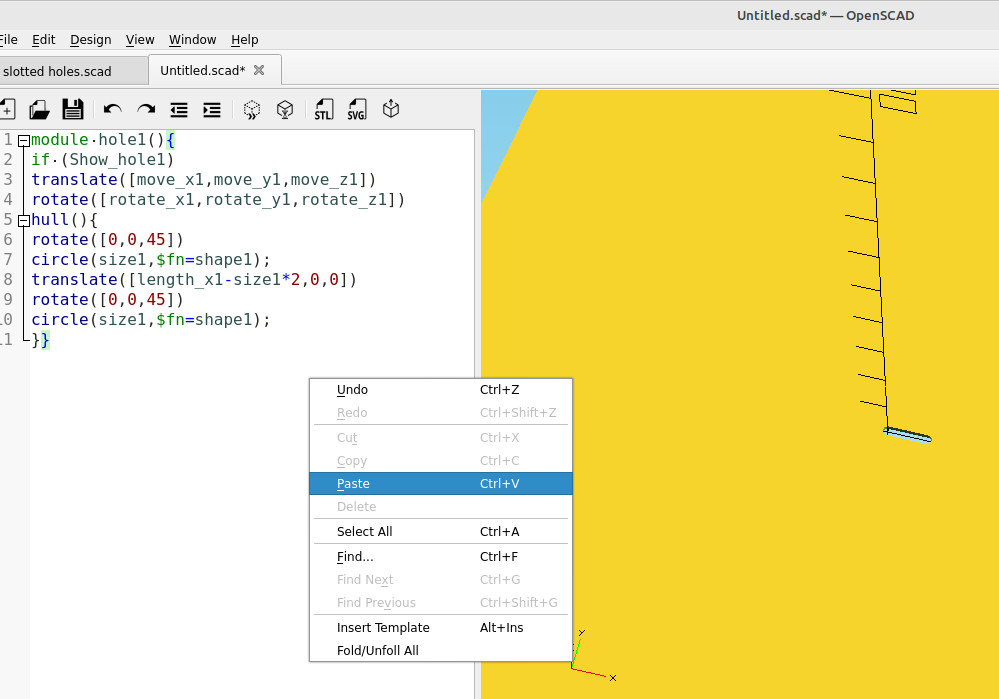
Keep in mind that after you copy something and it doesn't work you probably didn't select all of the text. The brackets, semicolons and parenthesis are important.
Drag and Drop
To import an STL, DXF, SVG,PNG, etc. you can just click the line where you want the imported file to go in the editor , left click the icon of the file, hold down the left mouse button and drag the file into OpenSCAD:
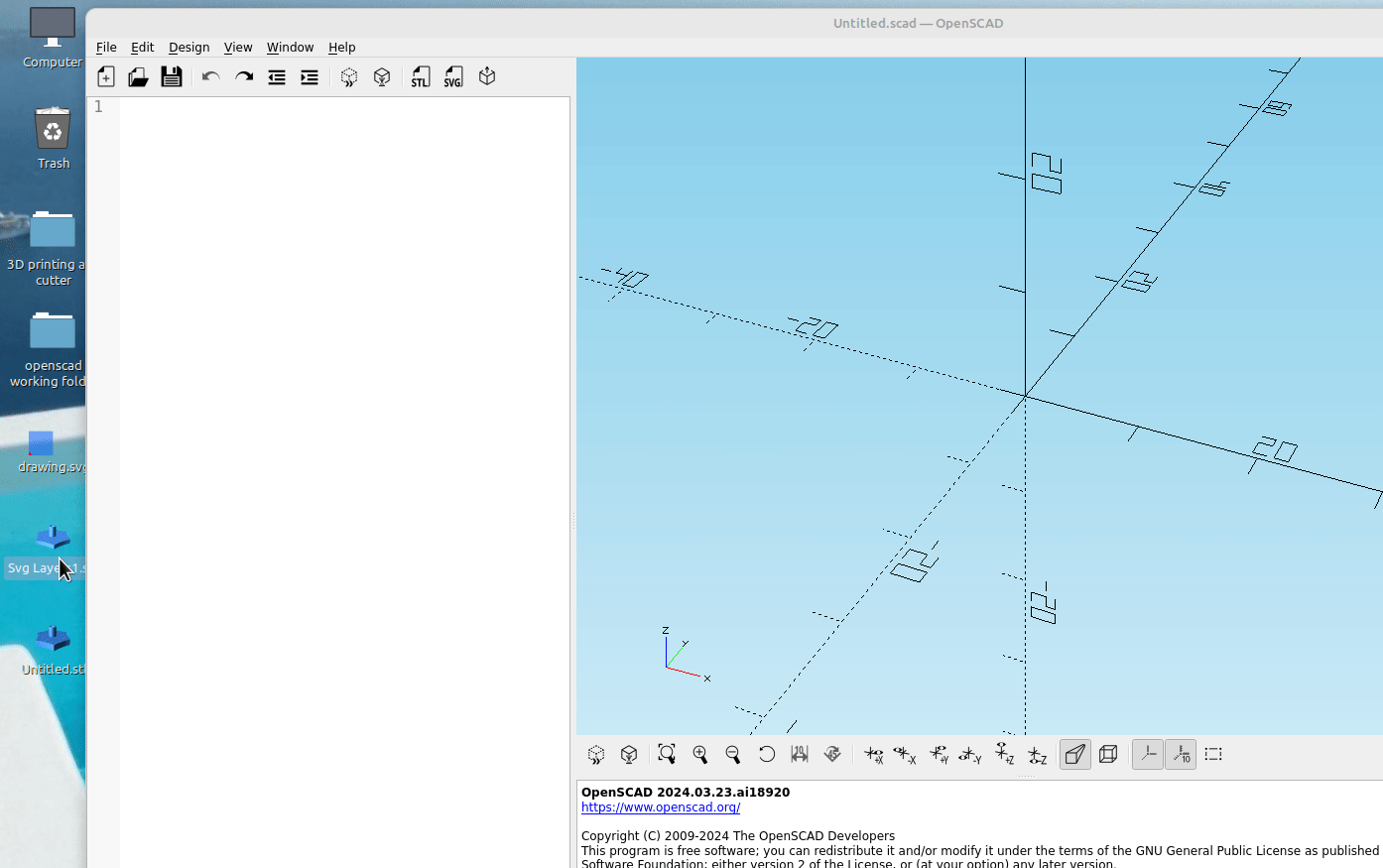
Alternatively you can make a file import option or just copy and paste the code I have already made for it and add it to your own code:

Now all you have to do is right click on the icon of the file you want and select copy then paste in the "path to" box:
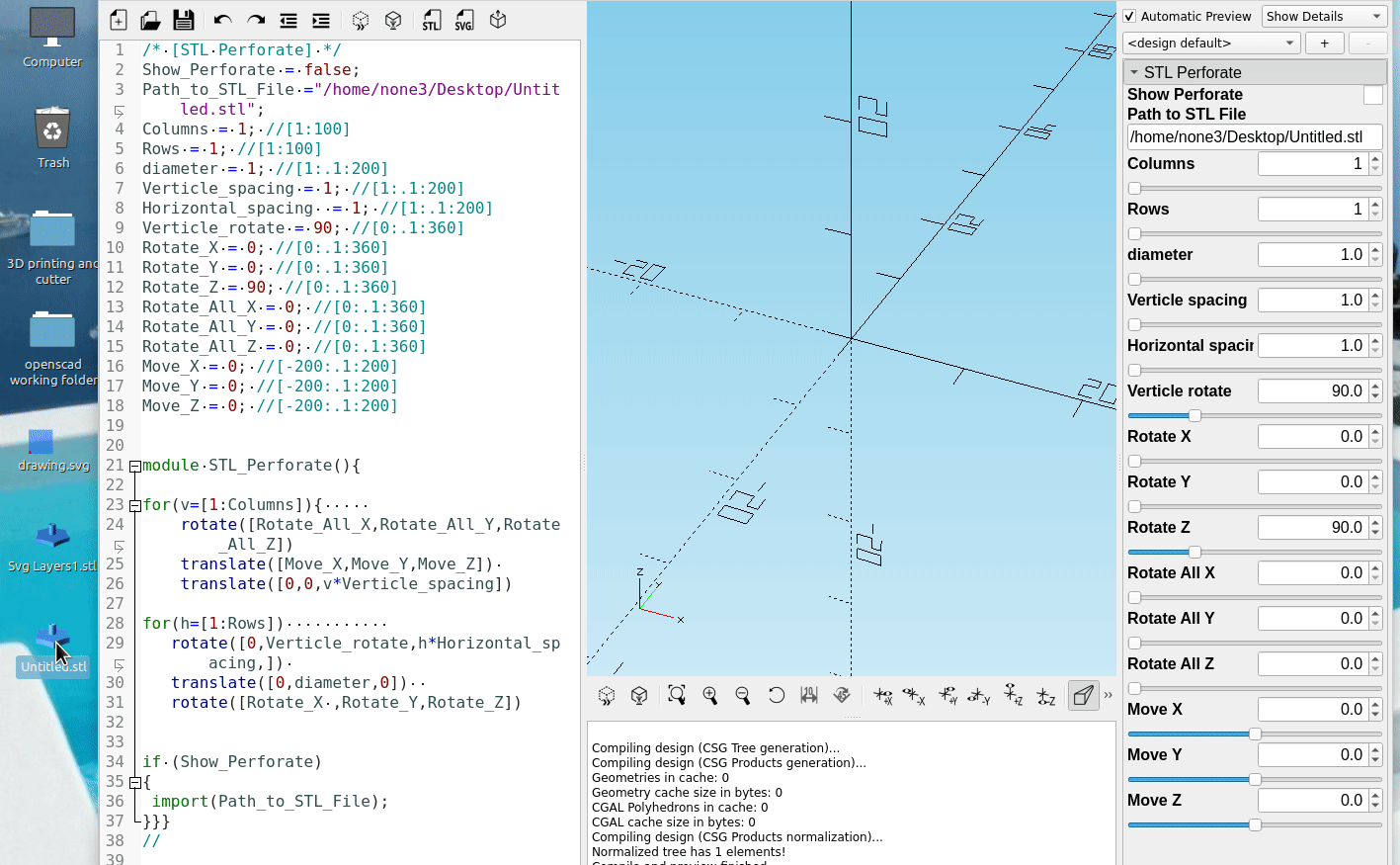
Keep all of your files in one place
Make a folder for your OpenSCAD files and name them with simple names so you can find them quickly this really helps when you already wrote code for something and you just want to copy a section to use in a new program.

Experiment
Don't be afraid to make changes and try new things, eventually you will learn enough about the program that you will be able to do more advanced things and will probably come up with ideas that no else has even thought of before, sometimes I will have 14 or 15 revisions before I get a module to do what I want it to do:
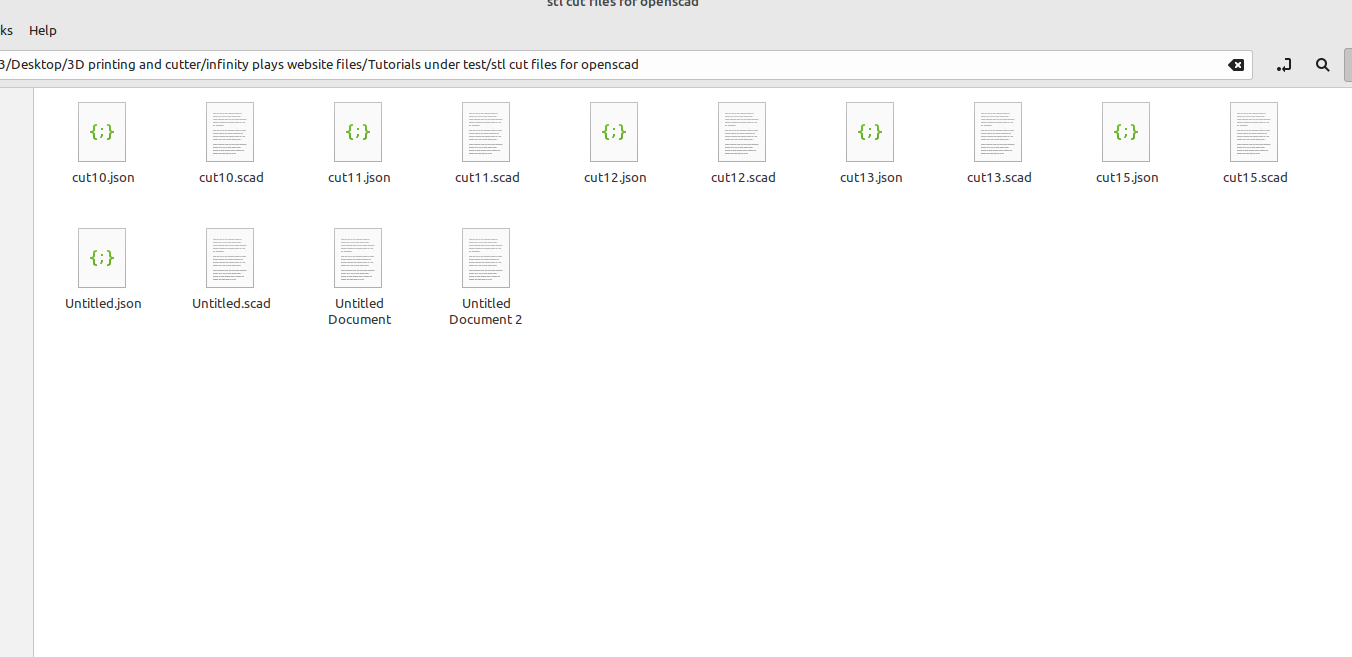
Use the cheat sheet and read the manual
This should be step one, if you get stumped there are tons of examples and libraries online to help you out.
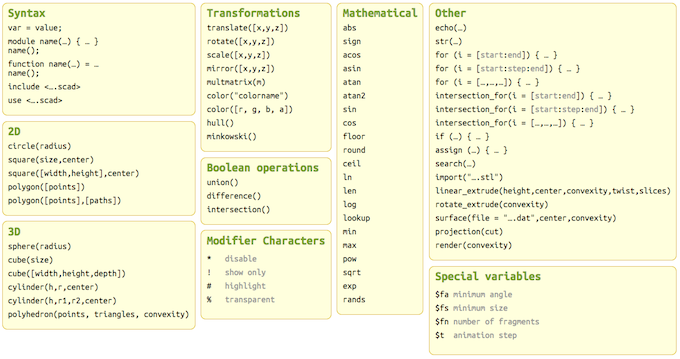
Recycle your code
When you see program with a thousand lines of code I highly doubt all of that was typed into the editor, they copied and pasted most of it.
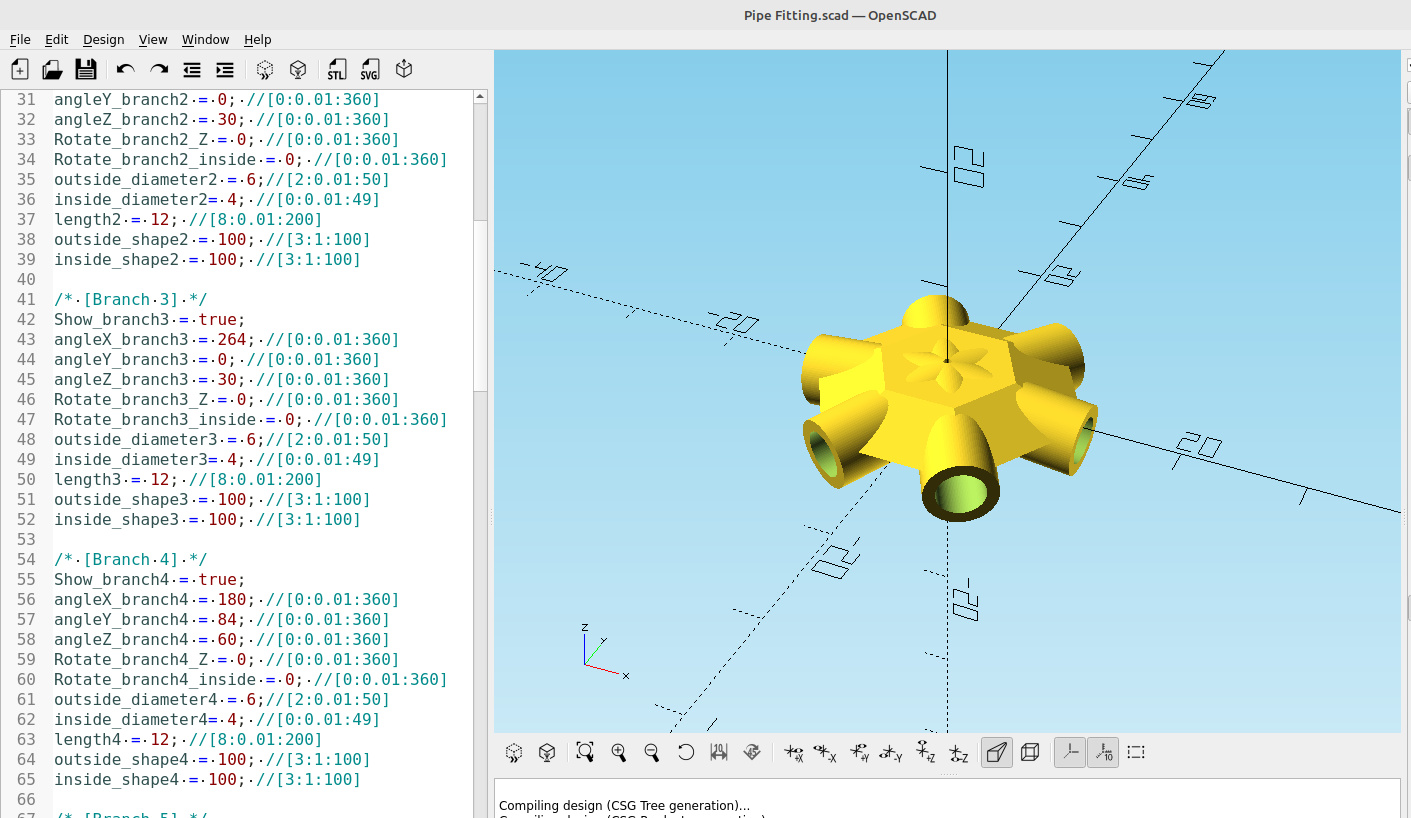
As you can see from the example above it's just repetitions of the same code with a few numbers changed.
Use the customizer to do the heavy lifting
Having the ability to use a slider or a spinbox to change variables is a great way to make your code much smaller, and change values on the fly. I have seen comments on the sliders not being accurate and I don't see it in my finished prints. I would say the problem has more to do with printer calibration than software.
Ask smart questions
If you decide to reach out for help don't have an attitude or act like you expect other people to solve simple problems for you, granted there are some features that would be nice and would make things easier for you, but OpenSCAD is pretty capable as is, the developers have spent years fixing problems and answering the same questions over and over. If you think you have found a legitimate problem do research first and make an attempt to fix the problem before you waste their time, or better yet peek under the hood at the C code and make some improvements, it's all available online.
Do your own thing
Several times I have seen a post where someone acts like "indentation" needs to follow a specific guideline, or you shouldn't use $fn. I like it when these people make comments like this because I know which people to avoid. I don't take advice from people like this and I would recommend no one else does either. While proper indentation might work in some instances to make the code easier to read, when you have to scroll the editor pane to the right for 4 minutes to see all of the text I'm thinking their logic is flawed. Do things how you want them to be done and ignore the people that have obnoxious personality disorder.
Learn to code
Even though you don't need to have coding skills to make things with OpenSCAD eventually you will want to make more complex objects and will need to learn how computer programming works and you should learn languages like C++, python, etc. With all the free information and videos available now is a great time to learn a valuable skill that has unlimited opportunities.

